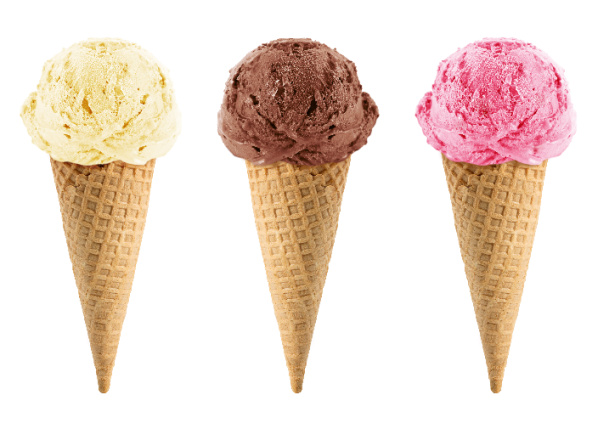Ice Cream: Not as Popular As It Used to Be

In 1984, President Ronald Regan declared July as National Ice Cream Month. And more specifically, the third Sunday of July, the 16th of 2023, is National Ice Cream Day. With the cool treat on our minds, this Weekly Insights article reviews U.S. ice cream consumption trends.
Per Capita Decline
U.S. consumers don’t eat ice cream like they used to. Throughout the 1970s and 1980s, consumption of regular-fat ice cream exceeded 17 pounds per capita (Figure 1). Since the mid-1980s, however, per capita consumption has decreased, reaching a low of 12.0 pounds in 2018 and again in 2021.
A second category of ice cream, low-fat and non-fat, is also included in the data. At 6.5 pounds per capita of consumption in 2022, this category of ice cream hasn’t changed much over the last five decades. It’s not alone, as per capita pork consumption has also been similarly flat since the 1970s.
It’s worth noting how these trends have affected what we might see in grocery store freezers. In the 1980s, per capita consumption would suggest that one out of every four pints of ice cream sold was low-fat or non-fat. Today, that share is one out of every three containers.

Figure 1. U.S. Ice Cream Consumption, Per Capita, 1975-2021. Data Source: USDA.
Total Consumption
Luckily for the dairy industry, the per capita decline in consumption isn’t the only demographic trend in play. In 1975, the U.S. population was just 216m, so some of the per capita decline has been offset by the population increase of nearly 116m.
Figure 2 shows total pounds of ice cream consumed in the U.S. Since 1975, a trendline through the data shows regular ice cream consumption has increased by 5.9 million pounds per year. That said, the change is very small compared to the 4.0 billion consumed annually. For context, 5 million pounds equals 0.1% of 4.0 billion, so the changes are not moving the needle.
For low-fat ice cream, total consumption has meaningfully increased. In 1975, total consumption was nearly 1.5 billion pounds, but after five decades of increasing by nearly 17 million pounds per year has reached more than 2.1 billion annually.
One last point, in 2021, the U.S. consumed a record 4.7 billion pounds of yogurt, the non-frozen types. Since 2011, the U.S. has consumed more yogurt than regular-fat ice cream. In the late 1970s, U.S. yogurt consumption averaged a meager 500m pounds annually.

Figure 2. U.S. Ice Cream Consumption, Total Pounds, 1975-2021. Data Source: USDA.
Milk Supply
A final consideration is how much of the U.S. milk supply is devoted to ice cream. In 2021, 6.8% of the milk-fat supply went to ice cream, down from 10.7% in the early 2000s. The biggest source of this decline is the increase in total milk-fat supply, as the pounds of milk fat going into ice cream have only modestly declined.
The other major uses of milk-fat in 2021 were cheese (42%), butter (18%), and fluid milk (11%).

Figure 3. Milk-Fat Allocation to Ice Cream, Share of Total Supply, 2000-2021. Data Source: USDA
Wrapping It Up
If it seems like you aren’t eating as much ice cream as you used to, you probably aren’t alone.
These data are a helpful reminder that consumption trends often benefit from several different angles and perspectives. While per capita consumption of regular-fat ice cream has declined, total consumption has remained nearly unchanged. Low-fat and non-fat ice creams have benefited from higher populations and higher per capita consumption. Lastly, the increase in dairy production has meant a smaller share of the milk-fat supply is going to ice cream, giving way to more cheese and butter.